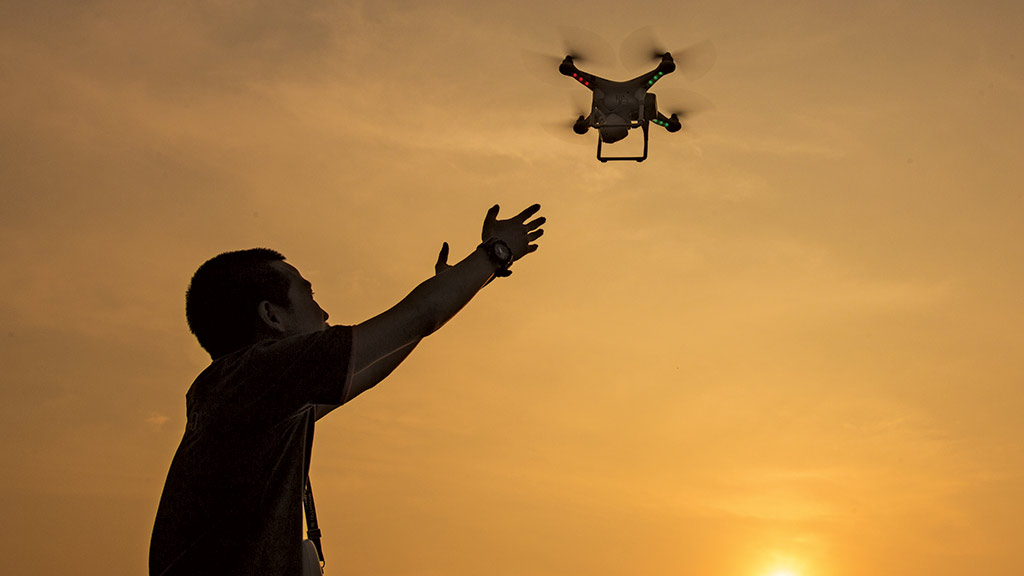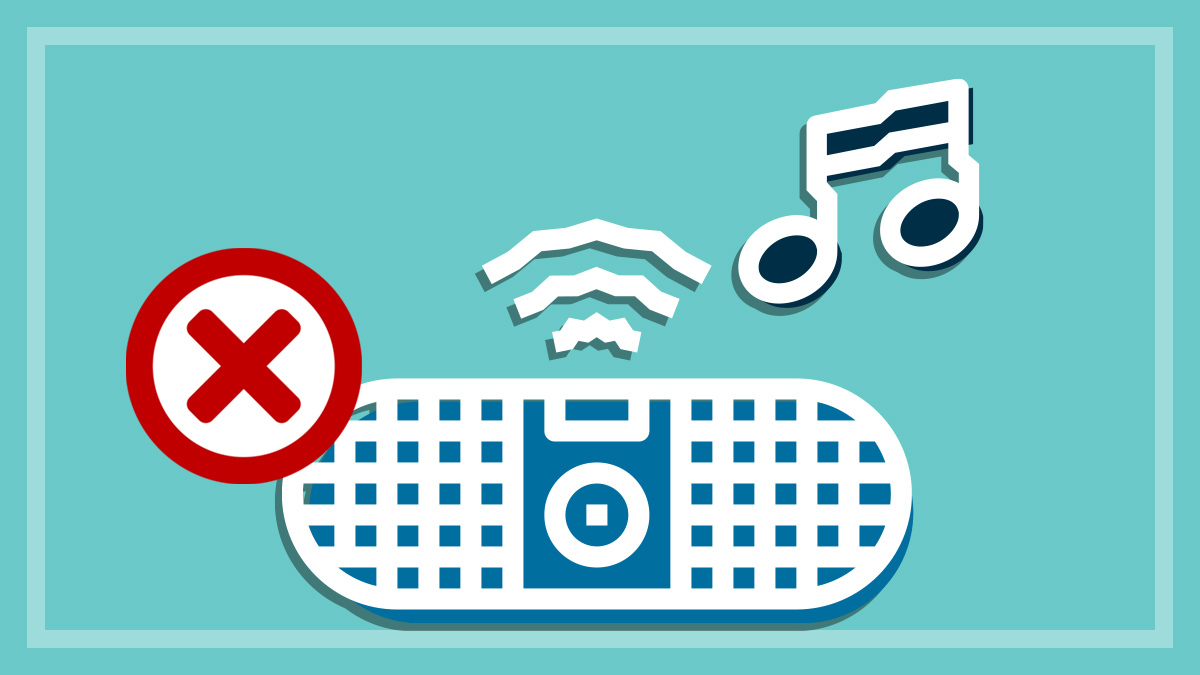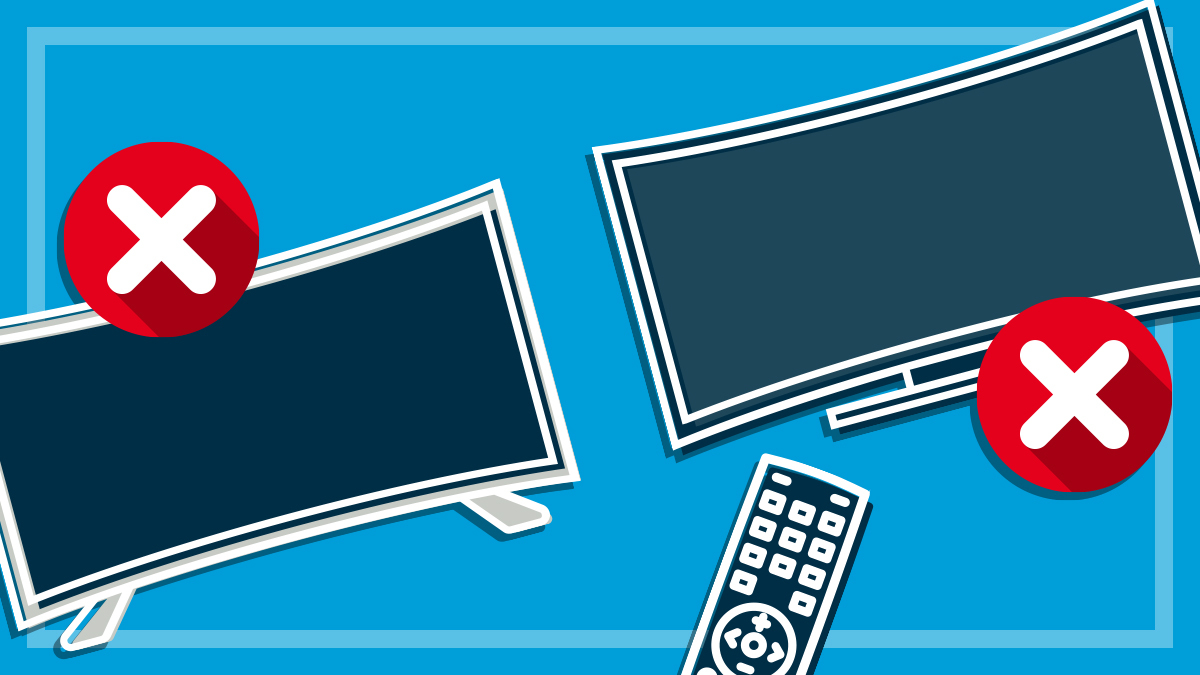Drones and Australian law
Are you allowed to spy on your neighbour? Know the rules around recreational drones.
Last updated: 14 Feb 2020
If the rise of drone technology in everyday life makes you a little uneasy, it may comfort you to know that pilots of commercial drones weighing two kilograms or more need to be registered with the Civil Aviation Safety Authority (CASA) and have an operator’s certificate before their RPA (remotely
piloted aircraft) goes zipping through the public airspace.
On this page:
But it’s a different story with smaller recreational drones – the ones you can now buy at retailers across Australia.
Drones and personal surveillance
Recreational drones are rising in number, and the rules around their use are well laid-out, for the most part. CASA has put together a handy quick-reference guide that breaks down all the flight regulations for new pilots.
But what if you’re on the receiving end of a drone’s gaze? It’s no secret that many recreational drones are equipped with cameras – and that people can be nosy. As it stands, your protection against unauthorised surveillance is limited.
The Privacy Act, for instance, only applies to organisations with an annual turnover of $3 million or more. Most recreational drone owners, it’s fair to say, wouldn’t meet that criteria.
So if you’re wondering whether you can legally spy on your neighbours or other persons of interest with a drone, the answer is currently unclear. Anti-stalking legislation may forbid such activity in some cases, and some legal experts say recording activity on private property would be illegal in most states. Others say there really are no hard and fast rules at the moment. In any case, there’s nothing encoded in law regarding recreational drones and privacy.
The law around drones
In search of clarification, we turned to Matthew Craven, a partner at the law firm HWL Ebsworth, who has researched and written about drone privacy issues.
“I am not aware of any case in Australia where a private individual has successfully taken action against a drone pilot for breaching their privacy, whether under the Privacy Act or under any other law,” Craven tells us.
Unless the drone pilot is working for an organisation with at least $3 million in annual revenue, “it is not possible for a private individual to take action against an individual drone pilot under the Privacy Act as it currently stands”.
Other laws may apply, but it could be a long shot to mount a case.
“Depending on the conduct and how the drone has been flown, other laws, such as trespass to property, may provide an avenue for redress in certain circumstances,” Craven says.
And a pilot could breach state surveillance laws – such as Victoria’s Surveillance Devices Act – if they use a drone to record private conversations or activities in someone’s home. But again, the rules are fuzzy.
“In Victoria at least, taking video footage, without recording audio, of what is happening out in the open in your neighbour’s backyard does not contravene the Surveillance Devices Act,” says Craven.
The Office of the Australia Information Commissioner (OAIC) suggests that neighbourhood security camera legislation could apply, though only under some circumstances and after taking initial steps such as talking to your neighbour or seeking a local community justice or mediation centre for help if that doesn’t work.
New rules rolled out
Meanwhile, other state and territory legislation around surveillance is piecemeal, inconsistent, and in some cases outdated. No one’s really sure how existing privacy laws apply to recreational drones.
The Civil Aviation Safety Authority released a new set of operating rules in October 2020 that also cover registration and accreditation, although the federal agency has no jurisdiction over privacy issues.
“With the number of recreational drones increasing we are seeing more safety incidents, but there isn’t a flood of complaints by any means,” CASA’s manager of corporate communications Peter Gibson told us in an earlier email exchange.
AT the time, CASA had issued infringement notices to recreational drone users and delivered warnings for drone safety breaches, but very few in proportion to the number of drones out there. Penalties for illicit drone activity vary depending on the circumstances, but can include fines as high as approximately $10,500 and possible jail time.
Join the club
If you can, join a local model aero club. Members are likely to be the most educated about where the laws are at for drone operation and when they change, and there could be other benefits, such as insurance cover. Plus you’ll get to hang out with people who are just as enthusiastic about drones as you are.
Redefining privacy
Tighter drone regulations would be a welcome development for the Australian Association for Unmanned Systems, which released a report in May 2015 calling for a ban on the use of drones to record private activity, or activity that happens when people wouldn’t expect to be watched or recorded.
And a 2014 federal government report recommended that retailers who sell drones include a pamphlet that “should highlight remotely piloted aircraft users’ responsibility not to monitor, record or disclose individuals’ private activities without their consent”. It also recommended that new legislation be introduced to protect against privacy invasion by drones by July 2015, although that hasn’t happened.
What are the current drone operation rules?
The basic dos and don’ts of recreational
drone flying laid out clearly by the Australian Civil Aviation Safety Authority
(CASA).
Recreational drones cannot fly:
- higher than 120 metres in any airspace
- closer than 30 metres to anyone not involved in
flying or navigating the drone during takeoff, flight or landing
- over groups of people, including beaches,
parks, sports ovals and public events
- at night, into a cloud or in fog
- out of line of site with an unaided eye
- within 5.5 kilometres of a controlled
aerodrome (one with a control tower) if there is a manned aircraft operating to, or from, the aerodrome –
if your drone weighs more than 250g
- if you become aware of manned aircraft
within 5.5 kilometres of a non-controlled helicopter landing pad or smaller aerodrome without
a control tower (if you do, land your drone as soon as safely possible)
- in the area of a public safety or
emergency operation, for example a bush fire, police, or search and rescue
operation
-
in a manner that endangers any person, property
or other aircraft
Make sure wherever you plan to fly your drone isn’t a restricted area by checking with your local or state governments.
No VR
Despite many drones’ ability to stream video to a screen or even virtual reality (VR) headset, you aren’t allowed to use this to navigate the drone. You must have line of site with an unimpeded view – VR headsets are a big no-no
Flying over your own land
If operating a drone over your own property, you may be able to apply
for the “Flying over your own land” excluded category. The same safety rules apply, but the weight restriction is
different.
To be eligible, your drone must:
- weigh between 100g and 25kg
- be owned by you (the landowner or lease holder)
- only fly over your own property
No money can be paid for operation of the drone.
If you or the person flying on your behalf holds a remote
pilot’s licence (RePL), the drone can weigh up to 150kg.
For more information about flying over your own
land, head to casa.gov.au. Be sure to keep records of your flights – CASA can ask to see them at any time.
There was an
app for that
Unfortunately,
CASA retired its “Can I fly there” app, which had information about restricted
areas and safety regulations. CASA now suggests you use OpenSky by Wing
Aviation LLC. However, this app has very poor reviews on both the Apple and
Android app stores, with some users claiming it lacks important information.
Even if you do use and trust OpenSky, you should
still check if any local government, environmental or state government rules or
regulations apply.
Recreational drones dos and don’ts
Q: Can I drop off a parcel or other item with a recreational drone?
A: Yes, as long as the operation doesn’t pose a risk to people, property or another aircraft.
Q: Can I fly my recreational drone over a sporting event, a busy beach or other heavily populated areas?
A: No
Q: Can I take photos or videos of people with a personal drone?
A: The legal view on this varies depending on who you talk to. Whatever the case, there’s currently no specific piece of legislation that protects the privacy of individuals against recreational drones. However, you can make a privacy complaint to the Office of the Australian Information Commissioner.
Q: Can I use my recreational drone for commercial purposes?
A: Yes, but you’ll need to give CASA five days notice that you plan to do so, apply for an aviation reference number, and follow the rules that apply to all recreational drones.
Q: Can my neighbour take video footage of what’s going on in my backyard without my knowledge?
A: The legal view on this varies depending on who you talk to. Whatever the case, there is currently no specific piece of legislation that protects the privacy of individuals against recreational drones. At any rate, we don’t recommend you record footage of anyone without seeking permission first.
Q: Can I fly my drone over an airfield?
A: Recreational drones weighing more than 100g can’t get any closer than 5.5km to a towered airfield or other high-security area.
Q: Can I wear virtual reality style, first-person goggles while I pilot the drone?
A: No. Some brands send a live video feed to first-person goggles worn around the head, to provide an immersive viewing experience. It’s illegal to wear these while piloting your drone, as CASA regulations require you to maintain a direct line of sight at all times. In this instance, a friend of family member can wear the goggles.
Q: Can I fly more than one recreational drone at a time?
A: No
Drone accidents
Drones have been used in Australia by law enforcement agencies, the CSIRO and other science organisations, the media, animal rights groups and others. But drones have also run amok. In 2013, a recreational drone crashed into the Sydney Harbour Bridge, resulting in an $850 fine for the operator. In 2014, a triathlete in WA was allegedly struck by a malfunctioning drone, and in February 2016, a personal drone crashed during a ceremony at the Australian War Memorial in Canberra.
Reporting unsafe drone use
You can report drones operated unsafely to CASA, though the agency has no jurisdiction over privacy issues.
Related
Andy Kollmorgen is the Investigations Editor at CHOICE. He reports on a wide range of issues in the consumer marketplace, with a focus on financial harm to vulnerable people at the hands of corporations and businesses. Prior to CHOICE, Andy worked at the Australian Securities and Investments Commission (ASIC) and at the Australian Financial Review along with a number of other news organisations. Andy is a former member of the NSW Fair Trading Advisory Council. He has a Bachelor of Arts in English from New York University. LinkedIn
Andy Kollmorgen is the Investigations Editor at CHOICE. He reports on a wide range of issues in the consumer marketplace, with a focus on financial harm to vulnerable people at the hands of corporations and businesses. Prior to CHOICE, Andy worked at the Australian Securities and Investments Commission (ASIC) and at the Australian Financial Review along with a number of other news organisations. Andy is a former member of the NSW Fair Trading Advisory Council. He has a Bachelor of Arts in English from New York University. LinkedIn






